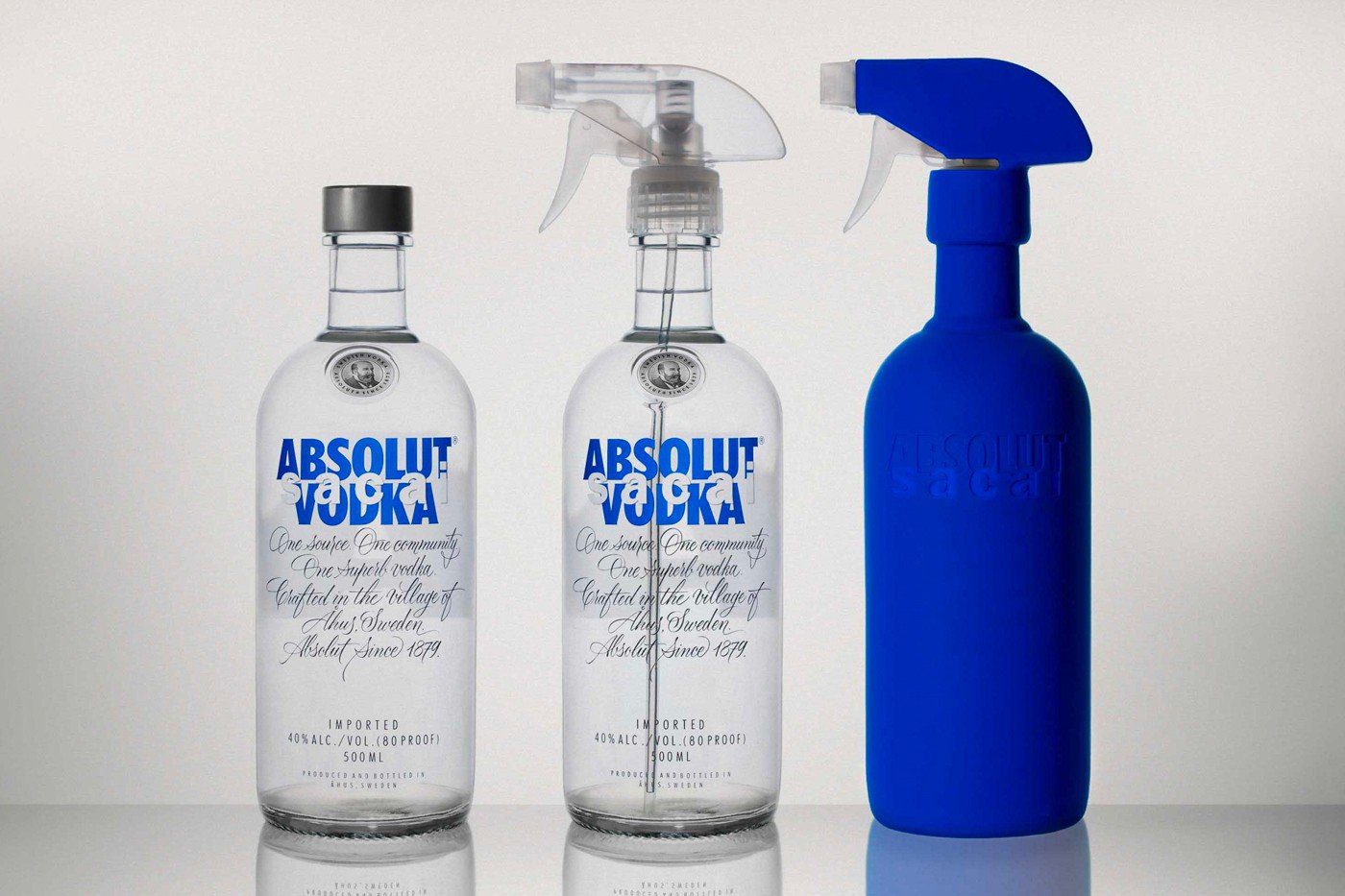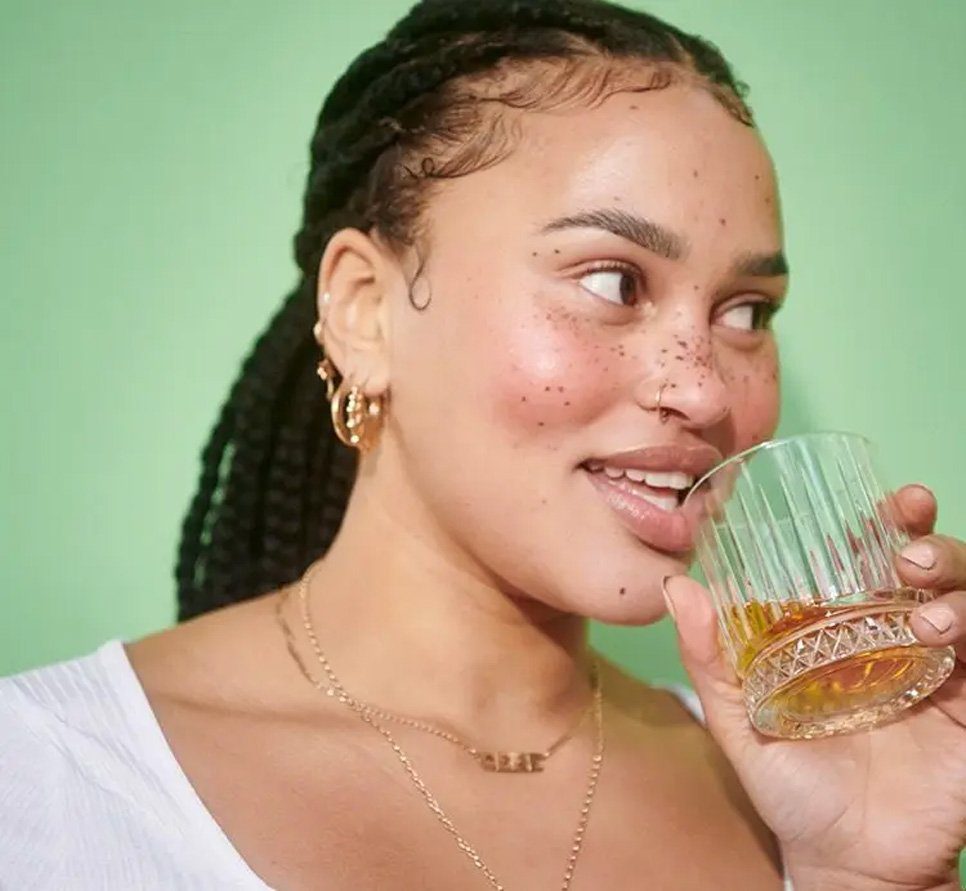The power of luxury has been derived from an ability to convey status, achievement and ultimately wealth. An exclusivity driven by high material value and a rarity of ownership.
But, massification and globalisation trends have made this rarity, well, less rare. Advances in tech, digital connection and new retail models like subscriptions or second-hand selling, have made luxury items more accessible.
Similarly, consumer mindsets have re-calibrated what ‘high value’ means. A distinct shift from material wealth and opulence to a desire for rare experiences. Consumers’ are seeing luxury as less about self-esteem and more about self-actualisation; products that don’t reflect affluence, but personal values. Discernment comes from an understanding of new cultural or social trends and experiences, not from simply being able to afford to buy something others can’t.

This changing luxury consumer and landscape is leading to new luxury themes:
From product manufacture to culture creation:
Experiences over ownership are key; but to be really luxurious, those experiences need to be holistic. In the world of alcohol, it’s not just about the liquid and the bottle, but everything that happens around them that connect with our luxury consumer; travel, music, food, fashion, art.
From serious to playful:
Luxury brands have always tended to play on the side serious – moody lighting, dark tones, leather textures. But in a world with so much seriousness, consumers are seeking respite in their luxury; they looking out everyday moments of joy that luxury brands, particularly drinks brands, can deliver.
From opulence to finesse:
Craft has always been an important part of the world of luxury drinks, but it’s no longer about a craft that screams look at me. It’s a craft that can be enjoyed for its simplicity. It’s a craft that our consumers can recognise, point out and tell others about – a craft that gives connoisseurs subtle stories that they can share.
Stories to interactions:
Storytelling too, is an important aspect of the luxury drinks brand experience. But these stories are no longer being told but shown. Tapping into the need for experiences, the new luxury brings to life stories of craft, provenance, process or sustainability through multi-sensory interactions across multiple touch-points.

So, what do these themes mean for brand design in the luxury drinks category?
THINK:
Collaboration: what are other brands, experiences, moments or environments that are part of your consumer’s luxury universe? What are the opportunities for your brand to work with others to deliver something elevated.
Inclusivity: the luxury consumer is no longer defined by demographic. Mindset is more important than age or gender; are there elements of your brand experience that make you exclusive to certain demographics and how can you broaden these experiences?
Multi-sensory: to deliver holistic luxury experiences, every touchpoint should offer something more. How can you use technology, textures, tastes and smells to heighten consumer brand experience?
Simplicity: digitalisation alongside the increasingly overwhelming number of brands we are exposed too has accelerated a return to a more subtle, considered and crafted world of luxury. How can your brand strip back on superfluous elements of the brand and focus on elevating others to become real icons?
DO:

Look beyond the obvious collaborations to ones that connect brand values not just demographics.
Sacai x Absolut: Sacai were not the obvious fashion brand for a collaboration. But, although not universally known, has long been an advocate of a ‘re-use’ idea for its clothing via ‘hybrid’ creations – a sweater mashed with a coat to make one single item. Absolut and Sacai connected around this ‘reduce, reuse, recycle’ ideology to make a collection where the empty bottle is intended to be used to water plants afterwards.
Re-examine the rituals and environments historically associated with your brand experience and see whether they connect with your broader consumer. For example, Diageo estimates over 29% of whisky drinkers in the UK are women, and growing. But the environments and rituals remain deeply embedded in maledom.
Glenlivet: On the back of a female-centric campaign starring Anna Paquin in Australia and New Zealand, Glenlivet has recently unveiled a global campaign dubbed #BreakTheStereotype. It seeks to change the Google algorithm to be more reflective of diverse whisky drinkers. The Glenlivet is “planting” images in the Google algorithm. When a consumer types “whisky drinker” into Google Images, they will be greeted by an array of photos featuring people of all stripes enjoying whiskey in an array of different ways and glasses.

Conclusion:
Staying ahead in the new world of luxury isn’t about staying ahead of the competition, it’s about staying ahead of the consumer.
It is the consumer who is rewriting the rules and they’re doing it at a faster pace than many legacy brands could have predicted.
We believe that understanding the category is important, but more important is understanding the cultural influences that are shaping our consumer mindsets. It’s only by appreciating the consumers’ increasing ability to shape the brands they engage with that we can stay relevant and meaningful.




